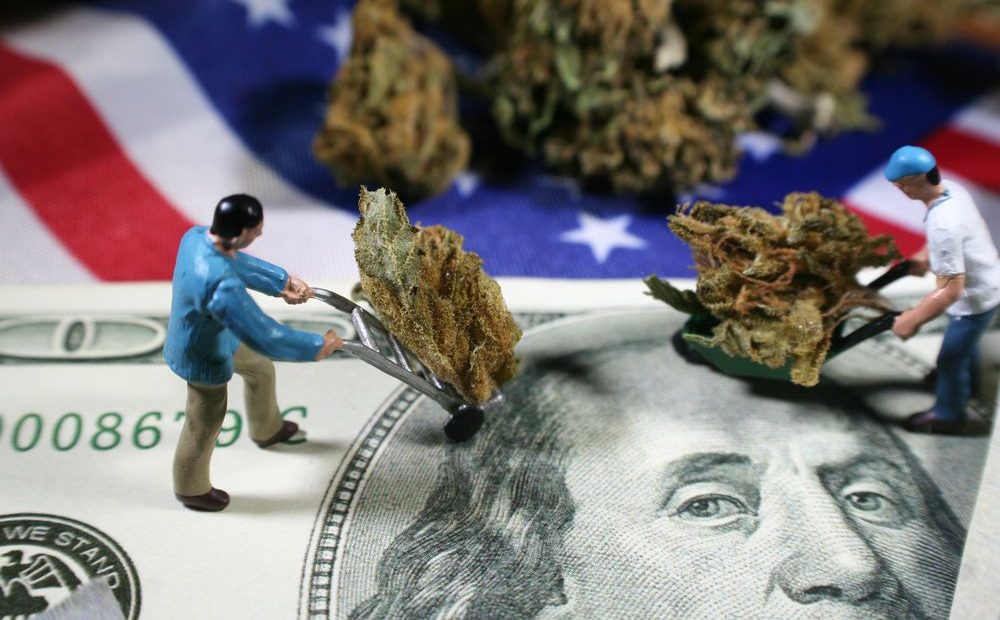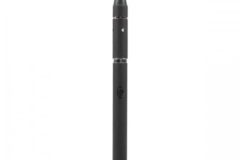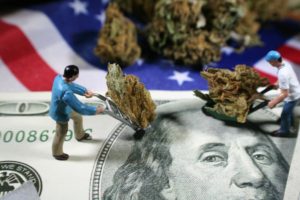
The History of Hemp in Colonial America
The History of Hemp in Colonial America
According to official records, hemp was cultivated long before the arrival of the New World pioneers. Considering the strength and durability of hemp fibers, the crop would be utilized in order to make a thread, cloth, food, cordage, and paper.
In 1632, the Virginia state passed a mandate regarding the cultivation of hemp; this is believed to be the first official record about hemp. Immediately afterward, the courts in both Connecticut and Massachusetts released similar mandates. To that end, during the 18th and 17th centuries, growers used to cultivate cannabis in the colonies.
What is more, hemp was taken to England and used for the manufacturing of books, shoes, clothing, parachute webbing, sails, tents, luggage, and the list may go on. Nonetheless, when the relationship between America and Great Britain altered, that stopped. Instead, cannabis was utilized for producing items that were useful to the naval forces and ground troops.
By the end of the 18th century, when the US gained its independence, hemp was a prominent crop that shaped the economy. In fact, historians indicate that hemp paper was used for the first outlines of the Declaration of Independence. What is more, Thomas Jefferson and George Washington had their own cannabis plantations.
The Weed Policies In the 19th and 20th centuries
During the 19th century, the production of cannabis has spread to most American states – Nebraska, Illinois, and California included. Additionally, thanks to prominent technological advancements such as the Decorticator machine and the Hemp dresser, the hemp industry was revolutionized.
What is more, between 1842 and 1890, doctors started prescribing cannabis-based medicine. That continued until cannabis has been made illegal in 1937. According to a magazine article from February 1938, hemp that was domestically grown could have been valued at $1 billion.
Nonetheless, before 1937, there were some areas that considered regulating the use of cannabis. For instance, in 1906, the District of California took a stand and banned marijuana. At that time, the public wasn’t genuinely interested in the marijuana regulation. Still, that soon changed with the intervention of Harry J. Anslinger, who started a major propaganda against smoking weed.
War Against Marijuana
The main triggers that determined the war against marijuana were class conflicts and racism. According to Anslinger, the only weed smokers in America were foreigners, which was far from the truth. He also attributed to weed smoking most of the social issues that were common at that time.
Lastly, in 1937, Anslinger’s zealous propaganda reaped results, and the Marijuana Tax Act was institutionalized. According to the tax act, commerce linked to marijuana or weed included significant fines. Although the act didn’t criminalize cannabis entirely, it made the production and distribution of marijuana excessively difficult.
Obviously, this law harmed the American hemp market, since people needed a tax stamp from the government, which implied admitting to committing illegal activity. That was the death of the American hemp industry that was 300-years old.
Presently, more than 30 states have legalized hemp cultivation, which means that things are starting to get better. Hemp is a crop that can be used for numerous purposes, and we should take full advantage of what it has to offer.

The Weed Policies In the 19th and 20th centuries
Nowadays, Where Is It Legal to Grow Cannabis In USA?
The US has come a long way in legalizing medical cannabis and even cannabis grown for recreational purposes. However, not all the states permit the cultivation of weed at home.
And even those that do will impose certain limitations on the number of plants you can grow legally. Let’s take a look at the states where it’s 100% legal to grow weed on your property.
The Marijuana-Friendly States
As of October 2017, the following states do not prohibit the cultivation of marijuana if you’re over 21:
- Alaska (6 plants)
- Arizona (12 plants)
- California (6 plants)
- Colorado (6 plants)
- District of Columbia (6 plants)
- Hawaii (7 plants)
- Maine (12 plants)
- Massachusetts (6 plants)
- Michigan (12 plants)
- Montana (4 plants)
- Nevada (12 plants)
- New Mexico (4 plants)
- North Dakota (8 plants)
- Oregon (6 plants)
- Rhode Island (12 plants)
- Vermont (7 plants)
- Washington (6 plants)
Keep in mind that the number of plants you can grow varies. If you’re cultivating medical cannabis for personal use, you might cultivate more plants than somebody who needs weed for recreational purposes.
Those numbers in the parentheses come with various strings attached, and that is why you should take your time and read the legislation. For instance, of the 6 plants, you can grow personally in Colorado, 3 of them have to be immature.
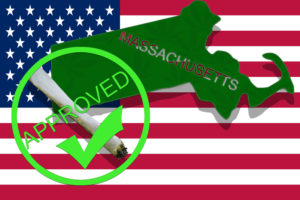
Nowadays, Where Is It Legal to Grow Cannabis in the USA?
The Marijuana- fully prohibited States
In the states that haven’t been mentioned here, growing medical weed is prohibited. Certain bills are introduced but unfortunately, they haven’t been passed until now. Here are the states where the cultivation of cannabis is fully prohibited, even if it’s for medical purposes:
- Connecticut
- Delaware
- Florida
- Illinois
- Maryland
- The New Hampshire
- Jersey
- New York
- Ohio
- Pennsylvania
If you live in any of these states, you shouldn’t even think about growing weed, lest you end up in custody. We are sure that sooner or later, cannabis will be decriminalized all over the US, but it may take a few good years until that happens.
Obviously, those who use medical marijuana are more advantaged by the laws of the states where weed is legal. After all, they’ve kick-started the regulation in the first place.
Even though you may not grow your weed, there are chances you can own a few ounces without facing any penalty whatsoever from the authorities. If you want to become a pot farmer, the legislation is yet again different.
Do not make any demarches in growing cannabis unless you’re 100% you’re respecting all the rules in the book.
So, if you’re a marijuana patient and you live far away from a dispensary, you can grow your own plants, provided you live in a state where this is permitted. Get as much information as possible as to how many plants you can grow without repercussions.
Afterward, all you have to do is grow your own medical stash. We hope this article has cleared out some of the issues you might have had with this topic.
How to “Legalize” or Decriminalize Marijuana at the Local or Municipal Level?
What would it take for marijuana to be decriminalized, if not at a state level, at least at the municipal or local one? Find that out here.
No other herb has been through such a carousel of different regulations than cannabis. Even though it’s been legalized in many places, the government is ready to change the laws again.
Obviously, this could mean disaster for the companies that have worked hard for recognition on the market. Many people are wondering: what if we decriminalize weed at the local or municipal level?
In this article, you’ll learn why that is, sadly, impossible.
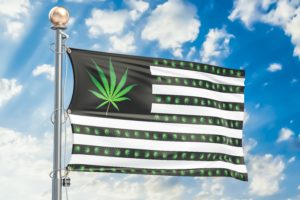
How to “Legalize” or Decriminalize Marijuana at the Local or Municipal Level?
The Issue at Hand
As you might know, if you’ve been in business or simply studied the legislation, the bills C-45 and C-46 promulgate that authorities are allowed to make up their own rules and laws when it comes to cannabis only if they are territorial or provincial.
At the municipal and local levels, however, authorities will have to respect the legislature that’s imposed by the authorities from the provincial and territorial levels. The thing is, there are no reasons to decriminalize marijuana locally and municipally if it hasn’t been decriminalized territorially.
What Should and Can Be Done?
The decriminalization of weed in Canada is set to take place in July 2018. There are 5 months in which municipalities have time to prepare their stance as per the legislation that will be created in the aftermath of the decriminalization.
This is what they can and should do:
- Make Their Case: Municipal councils should put together a sturdy team that knows everything about cannabis, especially its many and various health benefits. This team should be formed by representatives from the most important departments: Police, firefighters, social services, law, medicine, etc.
- Talk things through with the provincial authorities: This should be done because the municipality and the province will have to share certain (if not all) responsibilities when it comes to cannabis and the effectual law. Municipal authorities should communicate with the provincial ones before July 2018 and make sure they have all the necessary paperwork, as well as the will to collaborate and share all
- Talk to professional attorneys: Legal advice is absolutely essential, even more so since the cannabis legislature is extremely complicated as it is but will grow even more complicated in the ensuing months after July.
- Take heed to the opinion of the public: The public is a municipality’s strongest tool. If people don’t want medical cannabis, then there is nothing much authorities can do to enforce it on them. Authorities and the public should obviously be on the same page.
Conclusion
Everybody’s waiting for the decriminalization of weed, except for those who have to deal with the law and potentially change the way they’ve run their businesses until now.
Again, the bottom line is: you cannot decriminalize marijuana locally and municipally if it hasn’t been legalized at the provincial level first.


